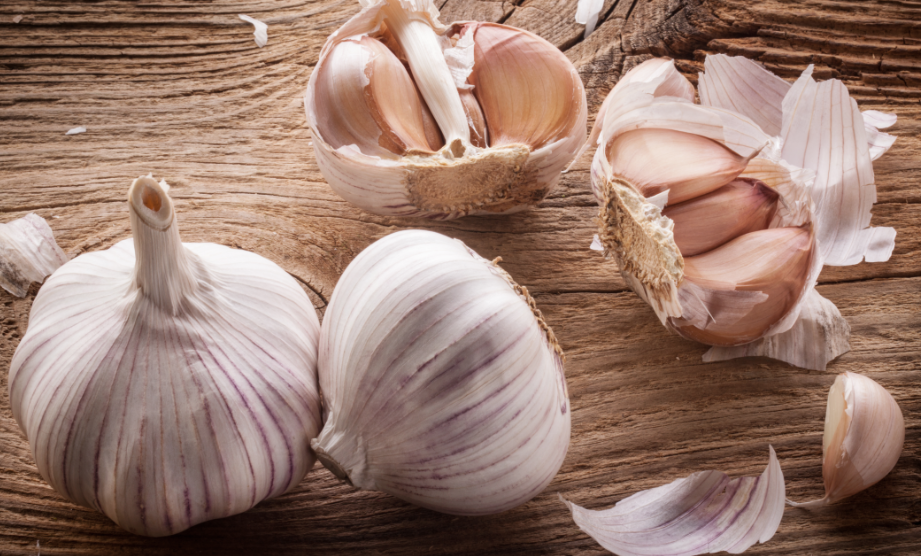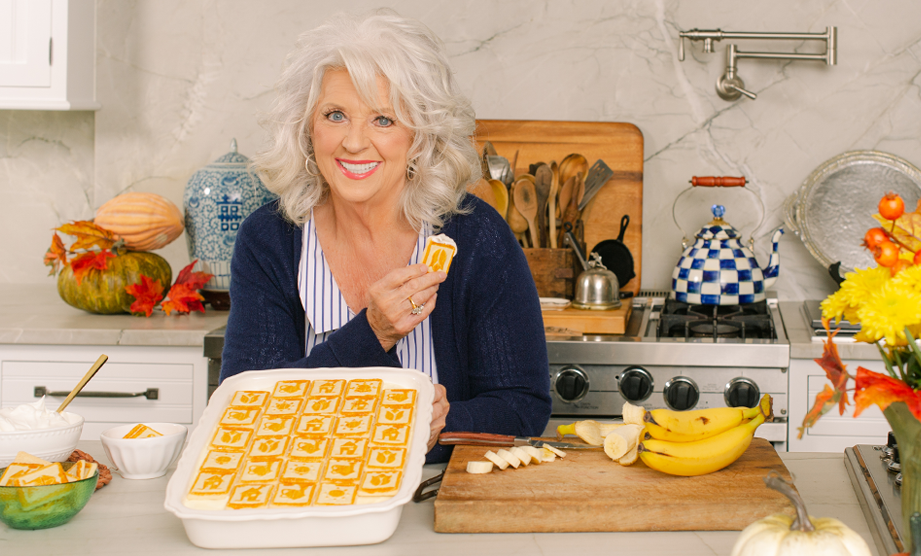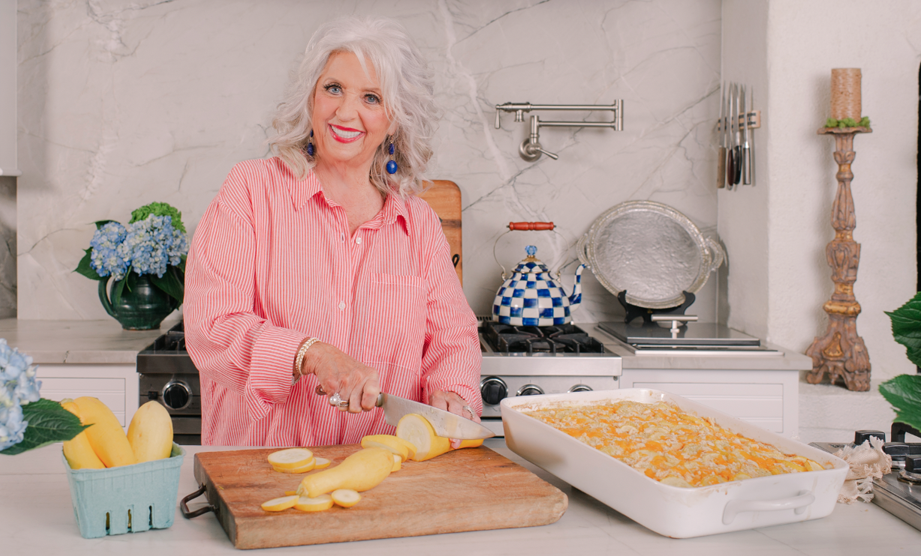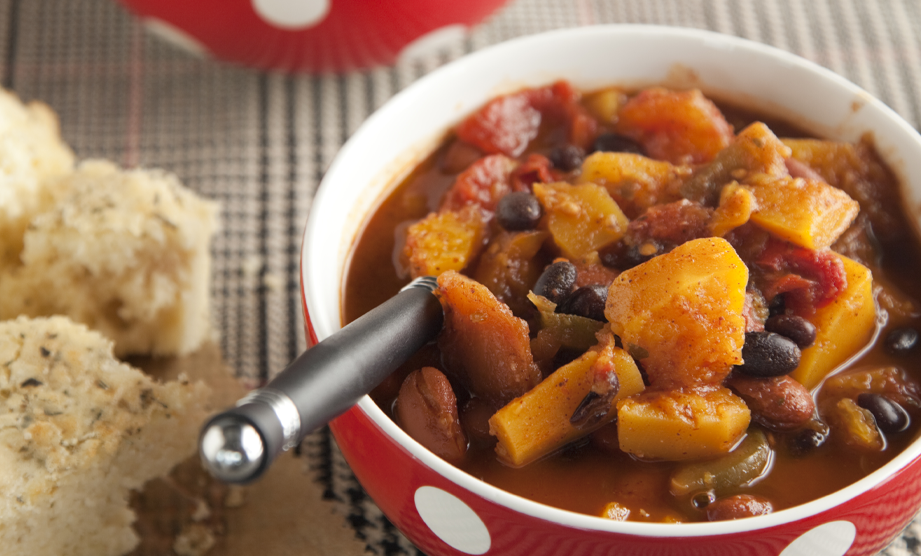There’s nothing like the smell of cooking garlic to whet the appetite. It enhances the taste of just about anything besides dessert, making it one of the most useful ingredients in the kitchen. Humans have exploited its culinary and other purported properties for thousands of years all over the world. It can bolster a marinade, pack spice in dips and sauces, including pesto, round out braises, soups, and stews, combine with meat and seafood for mouthwatering sensations, and of course pastas, which can be helplessly flat without garlic.
Garlic should be a constant pantry staple. Combat its aftereffects by favoring recipes where it’s cooked, cut small, and combined with acids like mustard, vinegar, citrus, or herbs like mint or parsley.
A Little Background
Garlic is part of the allium family, like shallots and onions. Supermarkets usually sell cured garlic, which is harvested and consumed year-round for an extended shelf-life of 6-12 months. Fresh (green) garlic and its scapes are typically harvested and eaten during mid-late summer.
Garlic’s most powerful compound, allicin, loses potency when cooked, so nutritionists often recommend consuming it raw or lightly cooked. Studies suggest that daily consumption of garlic may contain many health-related benefits from remedying strep throats to fighting cancer.
Buying, Storing, and Preparing
Shop for very firm bulbs with tight skin. Smaller cloves tend to have more flavor, but the biggest cloves are easier to handle, so consider how you’ll be cutting and tasting it.
Garlic keeps best in cool, dry, well-ventilated containers such as baskets or mesh-bags; refrigeration should be minimal and freezing is not advised. Sprouted cloves (with central green shoots) should be removed due to bitterness.
Peeling garlic isn’t the end of the world! Smashing cloves with the heel of your knife on a flat surface, squeezing the skin at the ends, or tossing a bunch between small bowls so the skins rub together will provide a head-start. Once you taste the difference between freshly minced and jarred garlic, you’ll probably forget about store-bought products.
Other Culinary Tips
Roasting garlic is an invaluable skill. Use roasted garlic to blend with butter, like our zesty garlic bread, combine with dressings and dips, or serve plattered with a big holiday roast.
Peeled garlic also lends itself well to pickling for an antipasto platter, brining and confits.
When sautéing or sweating garlic, it burns fast, so it’s typically added after you’ve softened your onions, as in this Very Green Soup.
Check out these test kitchen recipes to see some of our favorite things to do with garlic!
PASTA , POTATOES (mashed and roasted), & other carb-loving indulgences (it’s great in breading):
Shrimp Scampi with Artichokes and Basil
Rosemary and Garlic Roasted New Potatoes
Garlic Mashed Potatoes
Grilled Veggie Pizza
Stuffed Artichokes
Garlicky GREENS and other vegetables, including salad:
Quick Collard Green Sauté
Buttery Spinach and Mushrooms
Stuffed Red Peppers
SAUCES & DIPS
Classics like salsa, guacamole, and chutney…
Homemade Salsa on the Fly
Spicy Basil Guacamole
Green Tomato Chutney
Bobby’s Hot Tomato Jack and Crab Dip
Warm Turnip Green Dip
Lightening Fast White Bean Dip
…and MARINADES
Mini Lemon Pork Sandwiches
Grilled Boneless Sirloin and Vidalia Onion Skewers
Minted Lamb








